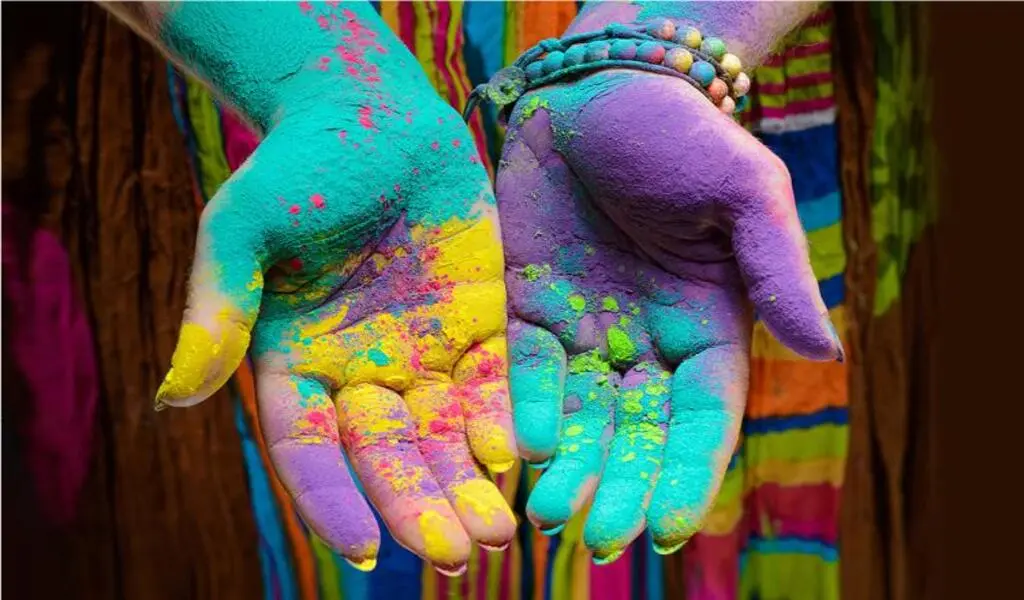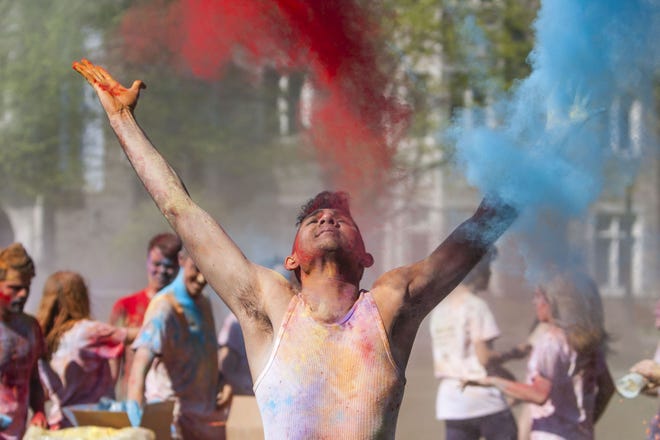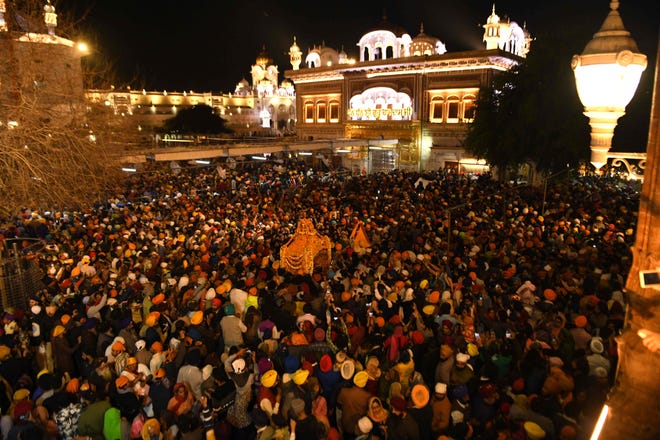What is Holi, The Hindu Festival Of Colors, and How Do You Celebrate It?

In India and all over the world, Holi has a long history, dating back to the fourth century. Every year, it is celebrated in a celebration of carefree fun and vivid, breathtaking colors.
Even so, many Americans don’t know much beyond that. When did the holiday begin? Why is it celebrated? Where did that power come from?
We’ve gathered a few facts about Holi and asked Gurpreet Singh Blaggan, owner of the Royal Punjabi in Norwich to share his thoughts on the closely related Sikh festival Hola Mohalla, which begins on the same day as Holi – March 18.
What is Holi?
According to Blaggan, “Holi is a festival of colors.”.

Holi is a festival of colors
Hindus celebrate Radha Krishna or the combined forms of feminine and masculine realities in the deities of Radha and Krishna. Krishna worried whether Radha, who had a fair complexion, would like his darker complexion. Yashoda told him to ask Radha to color his face in any color she chose. Radha did, and they became a couple. This coloring of their faces became known as Holi.
On Holi, Lord Vishnu as Narasimha Narayana triumphs over Hiranyakashipu.
The holiday has a similar meaning in Sikhism.
“There were caste-based discriminations at the time,” said Blaggan. In Sikhism, our 10th Guru wanted Holi to be celebrated by all. Lower-class people couldn’t even watch the celebrations.
What are the colors thrown around, and how do you celebrate Holi?
It’s likely that you’ve seen photos of people whose faces and bodies were covered with a mixture of different, vibrant colors.
This powder is known as gulal. It contains more than 95% cornstarch blended with food, drug, and cosmetic grade dyes. A large number, if not hundreds, of varying colors, are made for throwing and tossing.

the Hindu festival of Holi in Amritsar on March 10, 2020.
Holi, on the other hand, is pretty simple: it’s about having fun. It’s a time to catch up with family and friends, escape from the monotony of everyday life, and throw colors at each other until everyone’s covered and as vibrant as springtime flowers.
As an example, blue can represent Krishna or green can represent rebirth and new beginnings. You do not have to practice Hinduism or Sikhism in order to attend. At its core, Holi is inclusive, and people from all walks of life are invited to take part in the festivities.
Also Check:
Cambodian Village ask Spirits to Help Recover Ancient Statues from Tonle Sap River
Chiang Mai to Open Complete Province for Songkran Festival 2022
Wireless Festival 2022: Ticket Prices, Line Up, Locations, and Event Dates





























